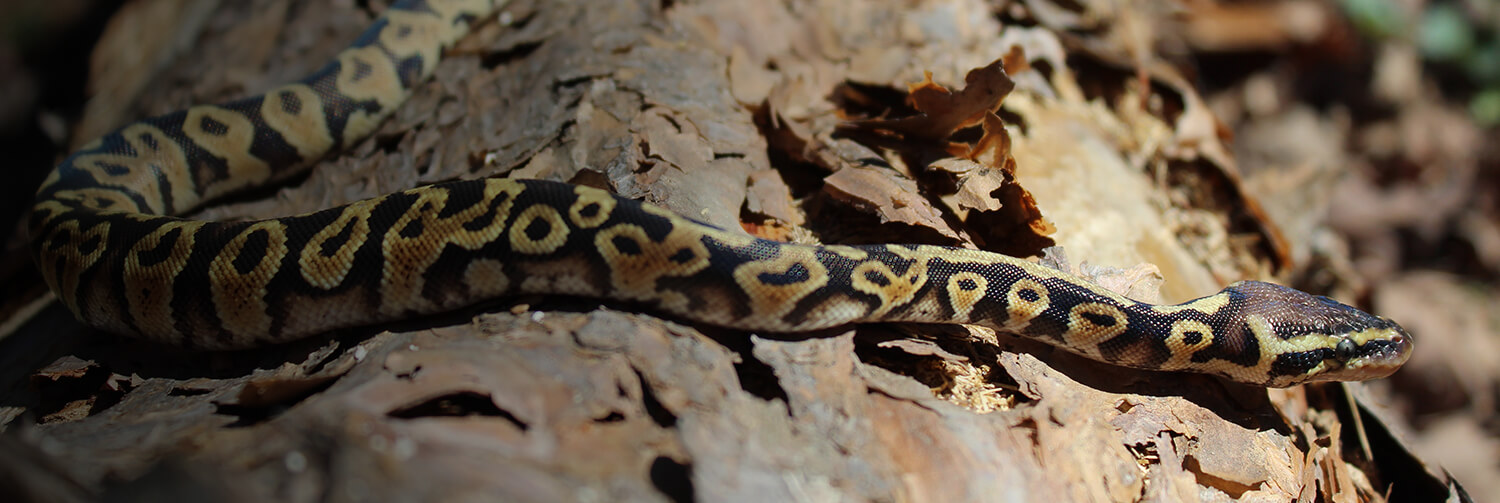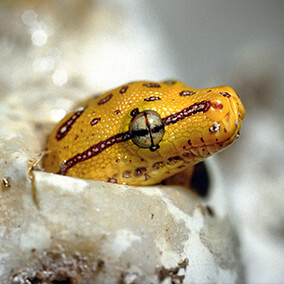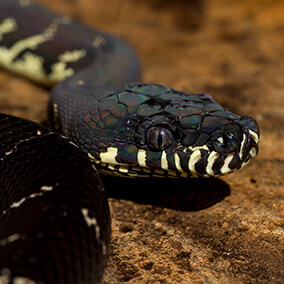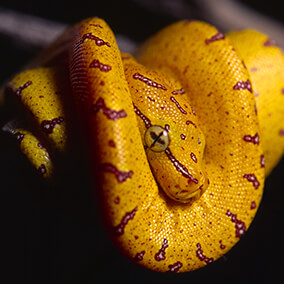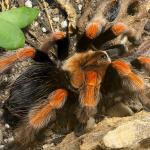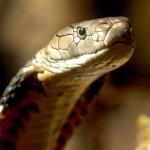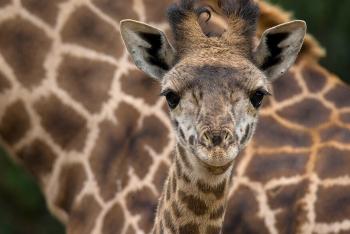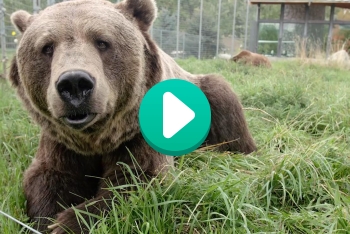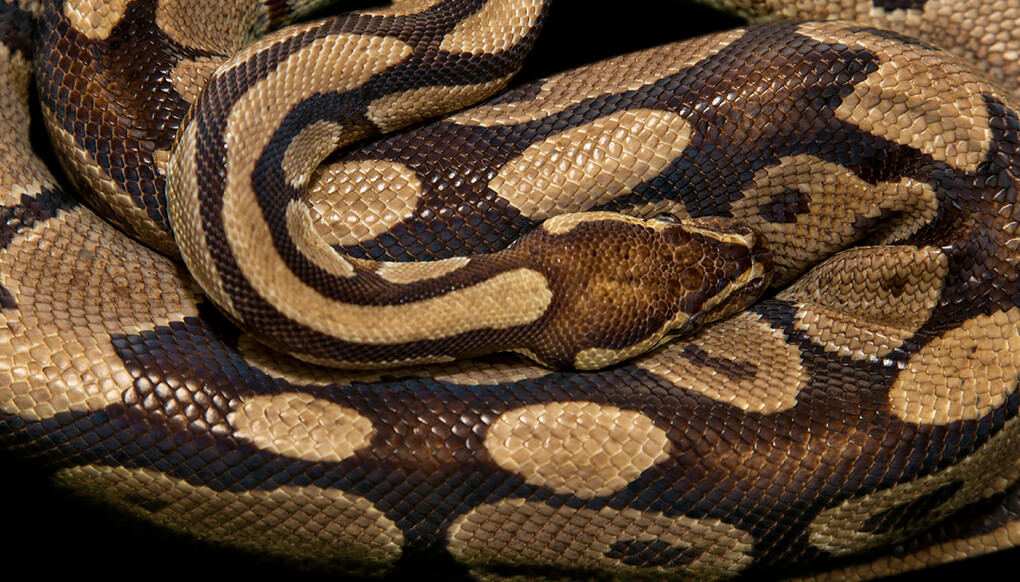
Python

Reptiles


Some Endangered
facts


Depending on the size of the snake, pythons may eat rodents, lizards, birds, and larger mammals like monkeys, pigs, wallabies, or antelope.

Depending on the species, pythons may live in rainforests, grassland, swamps, woodland, rocky outcrops, desert sand hills, or scrub lands of Africa, Asia, and Australia.
description
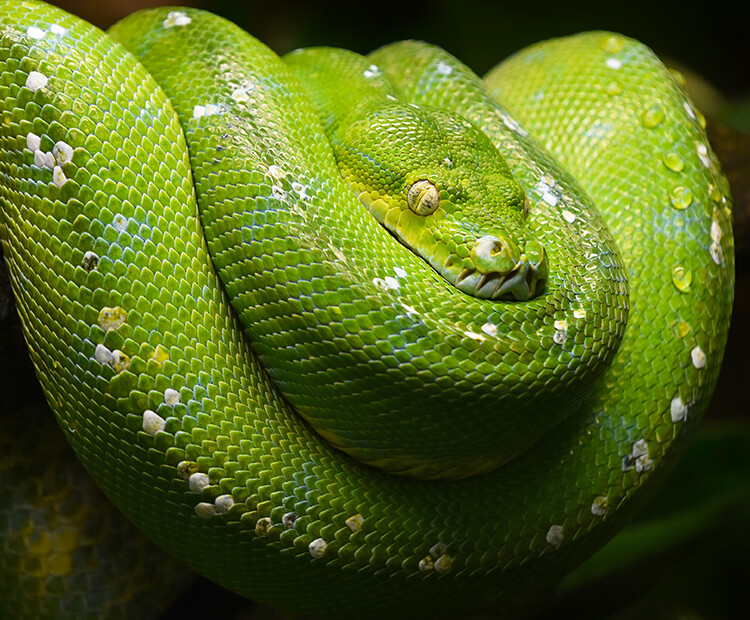
Supersize snakes
Pythons are some of the largest snakes in the world. These big, non-venomous snakes can range from 23 inches to 33 feet in length, and they can weigh from 7 ounces to 250 pounds. Pythons live in a wide range of habitats, depending on the species, but many seek shelter in trees and can hold onto branches with their tails.
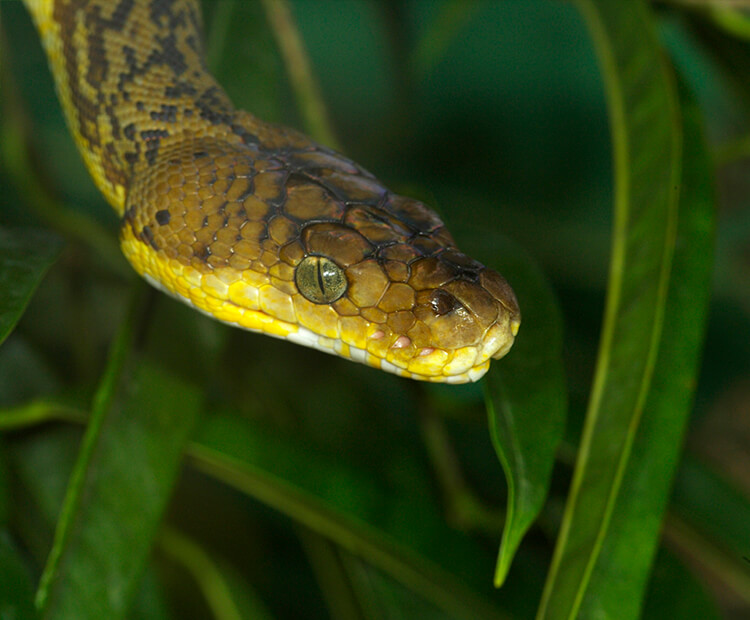
That's a wrap
Pythons don't chase after their dinner. They are ambush hunters that can locate warm-blooded animals by using heat-sensing "pits" or holes along their jaw. They wait until the animal comes close, then a python grabs the prey with its sharp, backward-curving teeth, wraps coils of its body around the prey, and squeezes tight. The snake is not trying to crush its prey; its goal is to stop its potential meal from breathing. After that, the python unfolds its flexible jaw, opens wide, and swallows its prey whole—usually head first—flexing and contracting its muscles to move the meal down its throat and into its stomach.
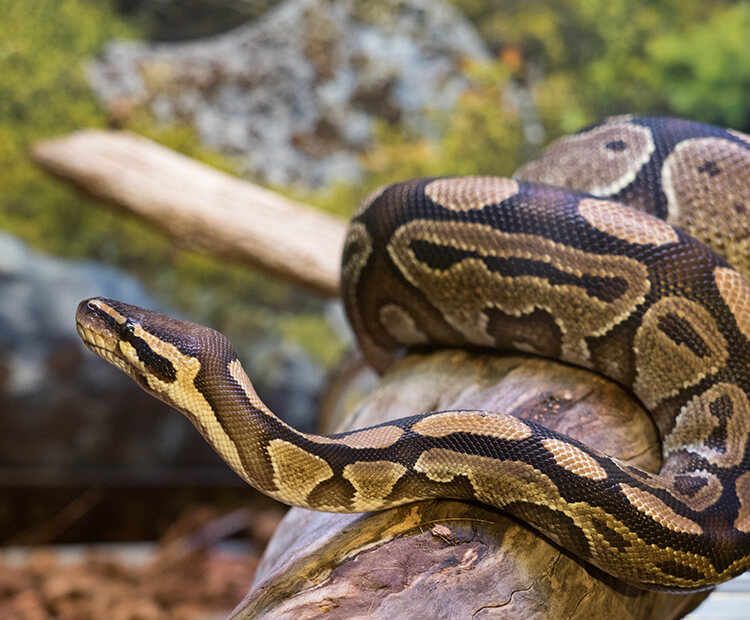
Slow and straight ahead
Pythons move forward in a straight line by stiffening their ribs, lifting a set of scales on their belly and moving them forward, so the loose ends grab the surface to push them ahead. They move slowly, though, at about one mile per hour.

